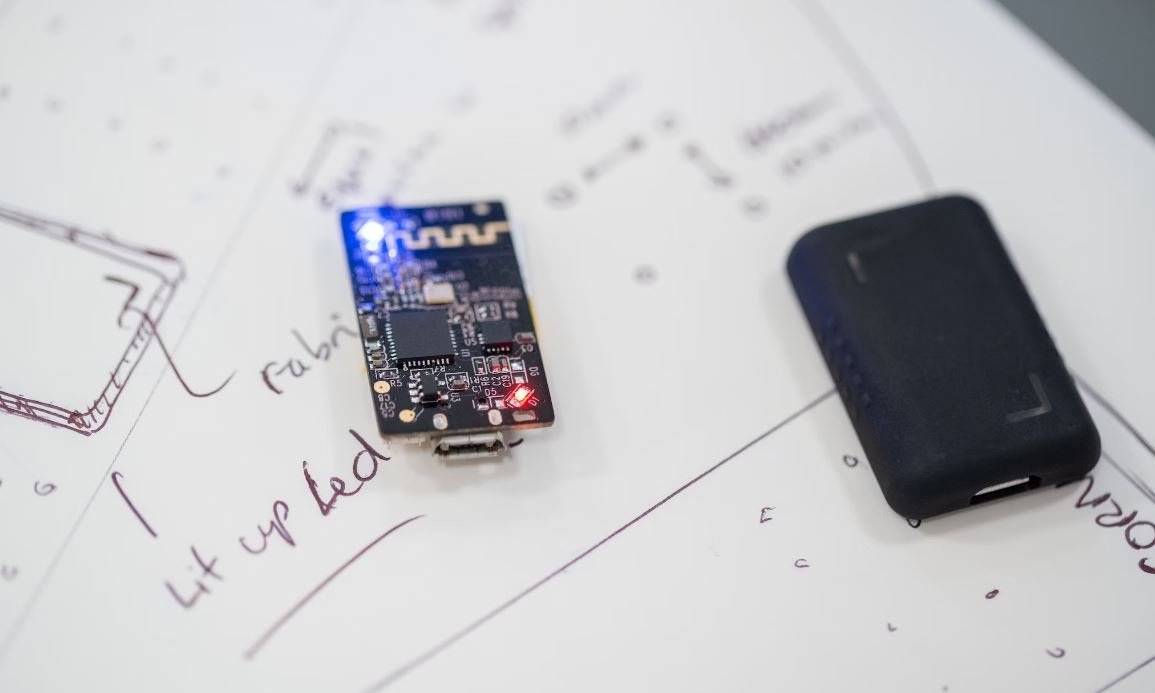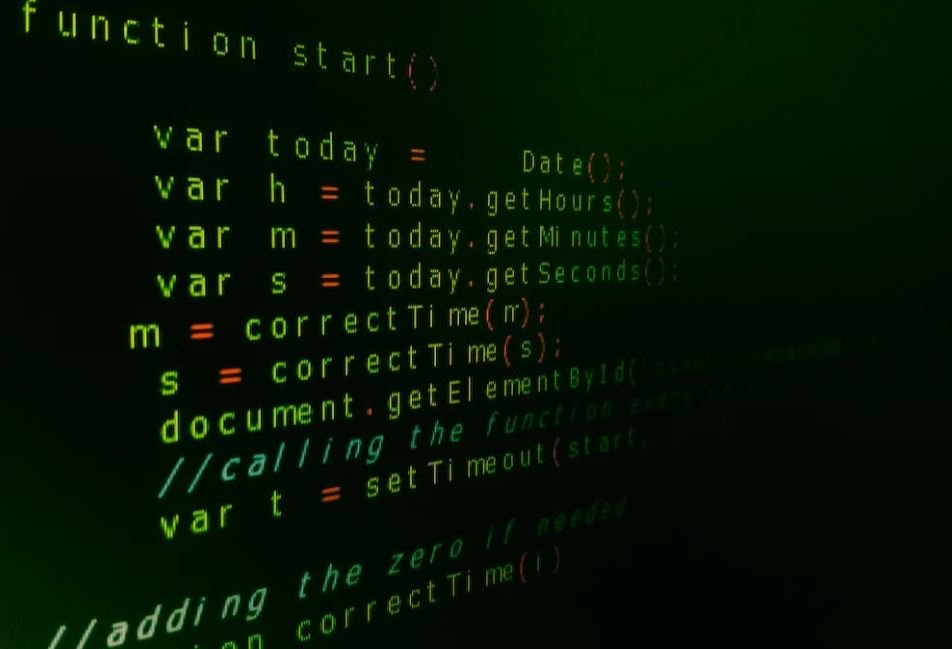Where Was Artificial Intelligence Invented?
Artificial Intelligence (AI) has become an integral part of our lives, revolutionizing various industries from healthcare to transportation. But where did it all begin? Let’s dive into the birthplace of AI and uncover its origins.
Key Takeaways
- AI was first coined at a conference held at Dartmouth College in 1956.
- Early pioneers of AI research include John McCarthy, Marvin Minsky, Allen Newell, and Herbert A. Simon.
- The term “Artificial Intelligence” encompasses a broad range of technologies and applications.
- AI development is influenced by various disciplines including mathematics, computer science, and psychology.
The field of AI was officially coined in 1956 at a conference held at Dartmouth College in Hanover, New Hampshire, United States. At this conference, leading researchers in computer science and related disciplines gathered to explore the idea of creating machines capable of intelligent behavior. This event marked the birth of AI as a distinct field of study and research.
Interestingly, the term “Artificial Intelligence” is attributed to John McCarthy, a computer scientist who was one of the organizers of the Dartmouth conference.
The Origins of AI
The roots of AI can be traced back to ancient civilizations where mythological tales described intelligent mechanical beings. However, the modern concept of AI began to take shape in the mid-20th century. In the 1940s and 1950s, early visionaries and scientists laid the foundation for the development of AI as we know it today.
A breakthrough moment came in 1943 when Warren McCulloch and Walter Pitts published a paper introducing the concept of artificial neural networks, which became a fundamental building block for AI systems.
The Birth of AI
While AI had been a topic of interest prior to 1956, the conference at Dartmouth College propelled AI research into a new phase. Researchers began to develop computer programs capable of imitating human intelligence, laying the groundwork for future advancements.
John McCarthy, Marvin Minsky, Allen Newell, and Herbert A. Simon were among the early pioneers who made significant contributions to AI research.
The Global Spread of AI Research
Following its birth, AI research quickly spread across the globe, with various universities, research institutions, and industries actively participating in its development. The United States, Europe, and Asia have become major hubs for AI research and innovation.
Today, leading AI research institutions can be found in countries such as the United States (Stanford, MIT), Canada (University of Toronto, McGill), the United Kingdom (Oxford, Cambridge), and China (Tsinghua University, Peking University).
The Impact of AI
AI has permeated numerous aspects of our daily lives, impacting various industries and sectors. From self-driving cars to virtual assistants and medical diagnosis systems, AI has transformed the way we interact with technology and addressed complex problems.
The potential of AI to revolutionize industries and improve efficiency continues to captivate the world.
Interesting AI Statistics
| Statistic | Data |
|---|---|
| Global AI market size in 2020 | $40.6 billion |
| AI market size projected for 2028 | $733.7 billion |
AI Adoption by Industry
| Industry | Percentage of organizations adopting AI |
|---|---|
| Healthcare | 56% |
| Manufacturing | 49% |
| Finance | 40% |
The Future of AI
As AI continues to advance, the possibilities for its application are endless. From automation of routine tasks to enabling breakthroughs in scientific research, AI is set to shape our future in unprecedented ways.
Embracing AI responsibly and ethically is crucial as we navigate the exciting and evolving landscape of artificial intelligence.

Common Misconceptions
Artificial Intelligence Invention
There are several common misconceptions surrounding the invention of artificial intelligence.
- Many individuals believe that artificial intelligence was solely invented by a single individual or organization.
- Some people wrongly assume that the concept of artificial intelligence was developed recently.
- There is a common misconception that artificial intelligence was developed in the United States.
While it is true that the development of artificial intelligence has its roots in various breakthroughs and advancements, it is important to understand that several misconceptions exist regarding its invention.
- Artificial intelligence was the culmination of contributions from various researchers and organizations around the world.
- The concept of artificial intelligence dates back to the 1940s, and significant progress has been made since then.
- Although the United States played a significant role in the development of AI, other countries such as the United Kingdom have also made substantial contributions.
Another misconception is believing that artificial intelligence was rapidly invented and became widely available.
- The development of artificial intelligence has been a gradual and ongoing process, with milestones achieved over several decades.
- While advancements in technology have accelerated the progress, AI is still evolving and continuing to improve.
- Artificial intelligence is accessible in various forms today, but its full potential is still being explored.
Furthermore, some individuals mistakenly think that artificial intelligence is only used in specific sectors or industries.
- AI has applications in various fields such as healthcare, finance, transportation, education, and entertainment, to name a few.
- From personalized recommendations on streaming platforms to autonomous vehicles, AI’s impact can be observed in numerous areas of our lives.
- As AI technology continues to advance, its applications will likely expand into even more industries.
Lastly, a common misconception is believing that artificial intelligence will replace human intelligence and labor completely.
- AI is designed to augment human intelligence and assist in tasks that are repetitive, time-consuming, or pose a high risk to humans.
- Collaboration between humans and AI systems is crucial for achieving optimal results in various domains.
- While certain jobs may be automated, new opportunities and roles are being created as a result of AI advancements.

Introduction
Artificial Intelligence (AI) has transformed various industries, from healthcare to finance, and its impact is only growing. Yet, have you ever wondered where AI was invented? In this article, we explore the birthplaces and key milestones in the development of AI, delving into intriguing details that shed light on this groundbreaking technology.
The Birthplaces of AI
Discover the primary locations where AI was conceived and the notable figures involved.
Alan Turing’s Imitation Game
Explore the historical significance of Alan Turing‘s Imitation Game in the realm of AI.
The Dartmouth Conference
Uncover the key players and pivotal discussions that occurred during the Dartmouth Conference, which marked the birth of AI as a distinct field.
Early AI Expert Systems
Learn about the development of early AI expert systems and their utilization in various domains.
The Rise of Neural Networks
Track the emergence and advancements of neural networks, a fundamental aspect of modern AI.
AI in Popular Culture
Examine the influence of AI in movies, literature, and popular culture, shaping perceptions and expectations regarding this emerging technology.
Deep Blue vs. Garry Kasparov
Dive into the exhilarating match between Deep Blue, an AI chess-playing computer, and Grandmaster Garry Kasparov, exploring the impact of this encounter on AI development.
The Turing Test
Understand the significance of the Turing Test as a benchmark for AI advancement and its implications for the field.
IBM Watson’s Jeopardy! Triumph
Witness IBM Watson‘s groundbreaking victory on the television quiz show Jeopardy!, illustrating AI’s capabilities in natural language processing and knowledge retention.
AI and Autonomous Vehicles
Discover the intersection of AI and autonomous vehicles, paving the way for future transportation and revolutionizing the automotive industry.
Conclusion
The journey of AI began with pioneers like Alan Turing, who laid the groundwork for this transformative discipline. Over the years, AI has evolved from expert systems to neural networks, showcasing its potential in diverse applications. It has infiltrated our lives through pop culture and shattered boundaries in strategic games and competitions. Today, we witness AI’s integration into various fields, from healthcare to transportation. As AI continues to advance, we eagerly anticipate further breakthroughs, propelling society into a future where the collaboration between humans and intelligent machines knows no bounds.
Frequently Asked Questions
Q: What is the history and origin of artificial intelligence (AI)?
A: AI originated as a field of study in the 1950s, with the goal of creating machines that can simulate human intelligence. The research and development of AI took place simultaneously in different parts of the world.
Q: Who is considered the father of artificial intelligence?
A: John McCarthy is often regarded as the father of AI. He coined the term “artificial intelligence” and organized the Dartmouth Conference in 1956, which is widely considered as the birthplace of AI as a field of study.
Q: Where was the Dartmouth Conference held?
A: The Dartmouth Conference, which marked the birth of AI, was held at Dartmouth College in Hanover, New Hampshire, United States.
Q: What were the early contributions to AI made at Dartmouth College?
A: At Dartmouth College, early pioneers such as John McCarthy, Marvin Minsky, Nathaniel Rochester, and Claude Shannon made significant contributions to AI research. They developed early AI programs and laid the foundation for further advancements.
Q: Were there any other notable early developments in AI outside Dartmouth College?
A: Yes, AI research was not limited to Dartmouth College. In the 1950s and 1960s, researchers and institutions worldwide, including the United Kingdom, Canada, and the Soviet Union, made remarkable progress in AI research and development.
Q: Can the development of AI be attributed to a single inventor or location?
A: No, the development of AI was a collaborative effort by numerous researchers and institutions worldwide. It evolved over time, with contributions from multiple pioneers and organizations in various countries.
Q: What were some notable milestones in the early days of AI research?
A: In the early days of AI research, milestones included the development of the Logic Theorist program by Allen Newell and Herbert A. Simon in 1955, the Implementation of the LISP programming language by John McCarthy in 1958, and the General Problem Solver (GPS) by Newell and Simon in 1959.
Q: Which countries have been at the forefront of AI research and development?
A: Throughout the history of AI, the United States, United Kingdom, Canada, Japan, and China have been at the forefront of AI research and development. These countries have made significant contributions and continue to play leading roles in advancing AI technology.
Q: How has the invention of AI impacted various industries?
A: The invention and advancement of AI have had a profound impact on numerous industries. AI has transformed sectors such as healthcare, finance, transportation, manufacturing, and many more by enabling automation, data analysis, and intelligent decision-making.
Q: What does the future hold for AI?
A: The future of AI holds immense potential and exciting possibilities. With ongoing research and advancements in machine learning, deep learning, natural language processing, and robotics, AI is expected to continue revolutionizing industries, improving our daily lives, and pushing the boundaries of what is possible.




